Bee Colony
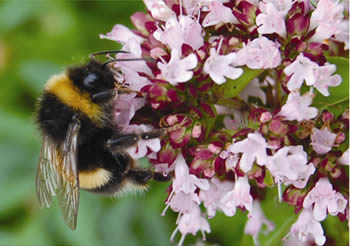
"When they go..... we go" as Einstein is supposed to have said.
( O.K. yes, that was shortly after he said E=MC2 which could end up in us all going anyway - so cheerful some people !)
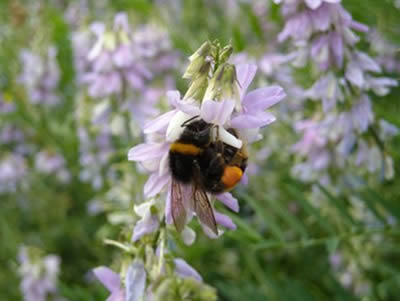
Bees are declining worldwide - why ?
Well I've been going on about systemic pesticides (neonicotinoids in particular - Provado anybody ?)
Shrinking of their habitat ( and below, we're giving away something to help.)
Varroa mites and various viruses ( think all this decreased resistance may be caused by neonic............ no, I'm saying nothing, but lots of researchers are !)
Whatever the cause, the decline continues - so let's help stop it.
(And get your garden pollinated at the same time.)
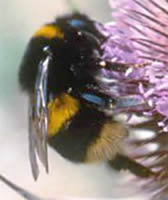
All of the above photos are of 'Bombus terrestris Audax', this is the 'Buff Tailed Bumblebee'
As it's 'native' it is pretty hardy and used to our weather.
They should keep going from early April until late August, pollinating your flowers, fruits and flowering vegetables.
( It's warm, furry coat helps it both with the weather, and to dust pollen from flower to flower - Nature's a really good designer !)
Nature does sometimes seem a bit cruel though.
You see the colony, when all of the summer flowers with their pollen and nectar have gone, will quietly die.
But as ever with Nature's Natural Cycle this is not 'The End'.
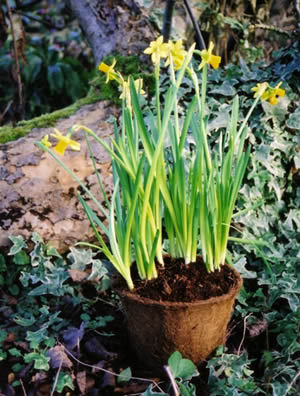
New Queens* will have taken wing to hibernate through the winter, and in the Spring they will found new colonies.
So not only have you helped your garden to so, so naturally blossom and grow, you have started several new cycles of life.
Really helping tremendously in reducing the decline of Bees in your area.
(If you like, you can introduce a new colony into your existing shelter in the Spring too.)
* I've have tried to find out how many new Queens fly the colony to hibernate - but after loads of research think the answer is "It varies", but do you know ?
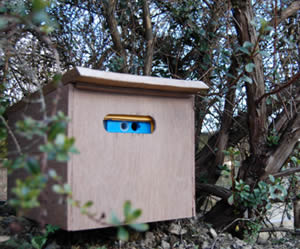
This is a colony snug within its wooden shelter.
( Really think you need a shelter initially.)
Each colony has a Queen and about 30-40 worker bees + some Nectar to get them started.
It could grow to up to 350 bees over the season.
£122.50
Buy Now

This is really a 'refill' colony ( if you can 'refill' living creatures !)
It's to replenish your shelter in the next year, or to fit into your existing 'hive'.
£78.85
For some peculiar reason sometimes PayPal ask you to 'Open an Account' if you want to pay by card, just click on this button and the card payment page will appear !
Although you can buy your colony at any time, they will on be sent from the Bumblebee Apiary only when the weather is suitable, and rarely before March.
It shouldn't stop you giving a present during the winter though ( what a wonderful living present a colony would make ) as we will send a note explaining that you have just bought them their very own Bumblebee colony, and that it will arrive in the Spring.
May we give you some ideas about how to look after your Bumblebees
Although your bees are bred in the most hygienic conditions and so will arrive pest free, I really recommended a few do's and don'ts to keep them healthy.1. Please try not to use chemical pesticides.
Know it really is a great temptation sometimes, but often there are alternatives.
For example, Aphids can really be dealt with by using a solution from Soap Nut Shells, and we can offer loads of other bio controls for the garden and green house.
2. We have given you a wonderful wild flower mix (which not only the bees will like) but how about getting them right through the season with flowers that will not only please you, but will lay on a steady supply of pollen and nectar by flowering at just the right time.
For the Spring time I suggest :-
Bluebell, bugle, crab apple, daffodil, flowering cherry and currant, forget-me-not , hawthorn, hellebore, pulmonaria, pussy willow, rhododendron, rosemary, viburnum and thrift .
For Early to Mid Summer how about :-
Aquilegia, astilbe, campanula, comfrey, everlasting sweet pea , fennel, foxglove, geranium, potentilla, snapdragon, stachys, teasel, thyme and verbascum.
And for Mid to Late Summer :-
Angelica, aster, buddleia, cardoon, cornflower, dahlia (NOT the double flowered type), delphinium, eryngium, fuchsia, globe thistle, heather, ivy, lavender, penstemon, scabious, sedum and Verbena.
(Remember all those double headed hybrids may look, even smell, lovely but they are pretty sterile and rarely, if ever, any good for the Bee population.)
3. Try and keep your shelter away from cats and other pets, and of course children
( little ones and big ones practising for the World Cup !)
Somewhere not too accessible, and hopefully quite sheltered. If you are reasonably handy for example, a fork of a tree would be lovely.
Nature makes helping Bumblebees ever so easy, just really let them get on with it, but if you have some really detailed questions take a look at http://www.bumblebee.org Can you picture a nicer moment than a long, warm summer evening, a glass of cold white wine to hand, flower heads nodding in the breeze, a breeze that wafts a lovely perfume of roses, sweet peas and verbascums around you - and the gentle hypnotic sound of bees buzzing about their business. I'd turn to Joe to share this wonderful tranquil scene - but he'd be asleep!
